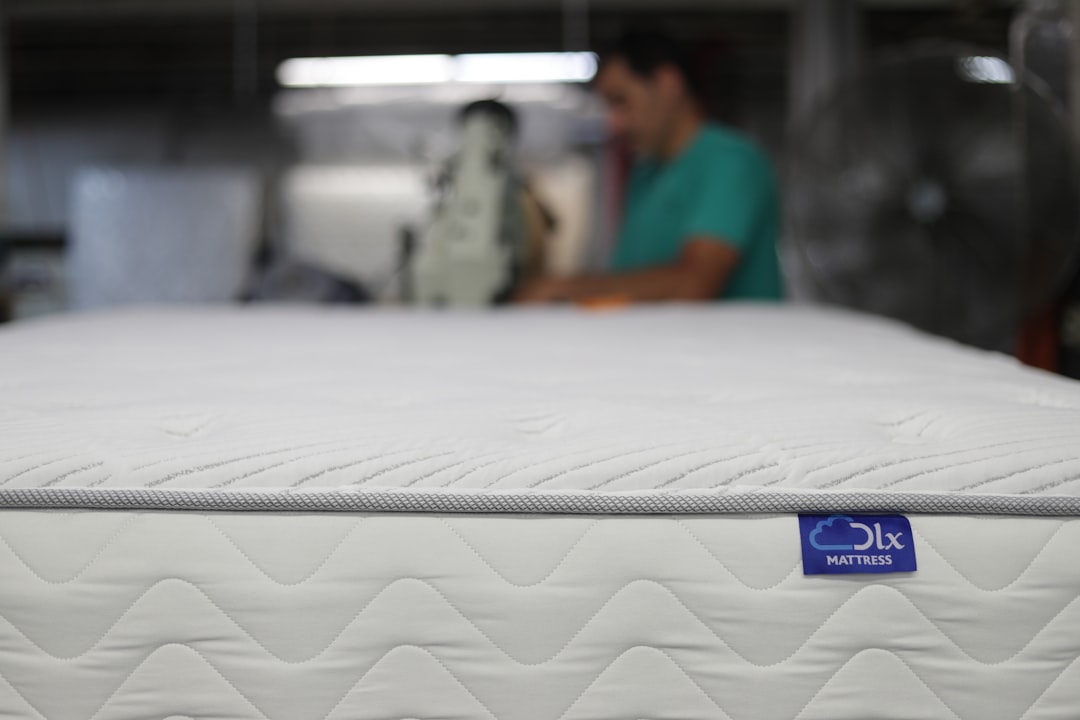When it comes to selecting a mattress, the array of options can be overwhelming. Today’s market offers a wide variety, from memory foam and innerspring to hybrid and latex. Each type boasts unique features that cater to different sleeping styles and preferences.
Memory foam mattresses have gained popularity due to their ability to contour to the body, providing support and pressure relief. Ideal for side sleepers, these mattresses conform to your body shape and help relieve pressure points.
Innerspring mattresses, a traditional choice, are constructed with a system of interconnected coils or springs. They provide strong support, making them favorable for back sleepers and those who suffer from back pain. These mattresses also offer optimal airflow, which keeps you cool during sleep.
Hybrid mattresses combine the benefits of innerspring and foam, providing both support and comfort. They are ideal for those who prefer a mixture of bounciness and body contouring. With a base of coils topped with layers of foam, hybrids offer support while cushioning pressure points.
Latex mattresses, crafted from natural or synthetic rubber, boast elasticity and durability. They provide firm support but also contour to the body, helping alleviate pressure points. Latex is naturally resistant to dust mites and mold, making it an excellent choice for allergy sufferers.
To find the perfect mattress, consider your sleep habits and personal preferences. Do you sleep primarily on your back, side, or stomach? Each position requires different support levels and firmness. For instance, back sleepers may benefit from medium-firm mattresses, which provide balanced support, whereas side sleepers typically prefer softer options to alleviate pressure points on their hips and shoulders.
Temperature regulation is another essential consideration. If you tend to sleep hot, look for mattresses with breathable materials or cooling technology such as gel-infused foams or open-cell structures. On the other hand, if you often feel cold, memory foam or latex might be more suitable as they retain heat.
Allergies can also influence your choice. Hypoallergenic materials such as latex or specially treated foam can help minimize allergic reactions. Furthermore, those sensitive to noise might favor foam or latex mattresses over innersprings, which can produce creaking sounds.
The durability of the mattress also matters for long-term satisfaction. Higher-quality materials might mean a more substantial initial investment, but they often result in greater longevity and comfort over time.
Ultimately, the best way to ensure a mattress suits your needs is to test it personally. Many retailers offer trial periods, allowing you to experience the mattress in your own home. Take advantage of these offers to ensure your chosen mattress supports your sleep patterns. It’s also essential to verify return policies in case it doesn’t meet your expectations.
Budget is an inevitable factor in the decision-making process. Mattresses range extensively in price, and while spending more often correlates with improved materials and durability, there are excellent options available across different price points. Whether you choose a luxury model or a budget-friendly option, prioritize your comfort and health above all else.
Your mattress significantly impacts your sleep quality, making it vital to choose a product that aligns with your sleeping habits and preferences. Taking the time to understand the variety of available options and how they cater to individual needs can facilitate a more comfortable and fulfilling sleep experience.
Smart Life
mattress












Leave a Reply